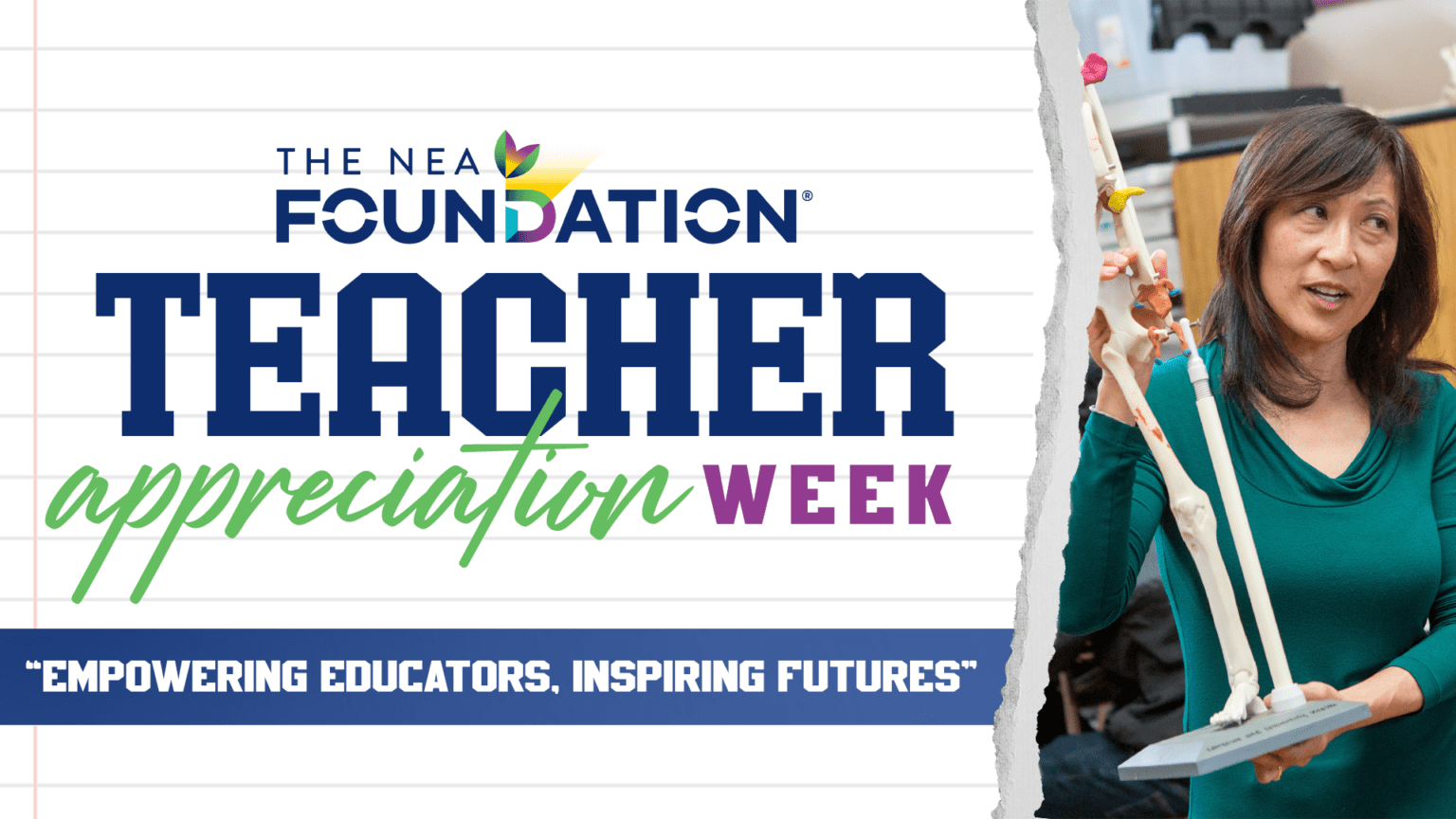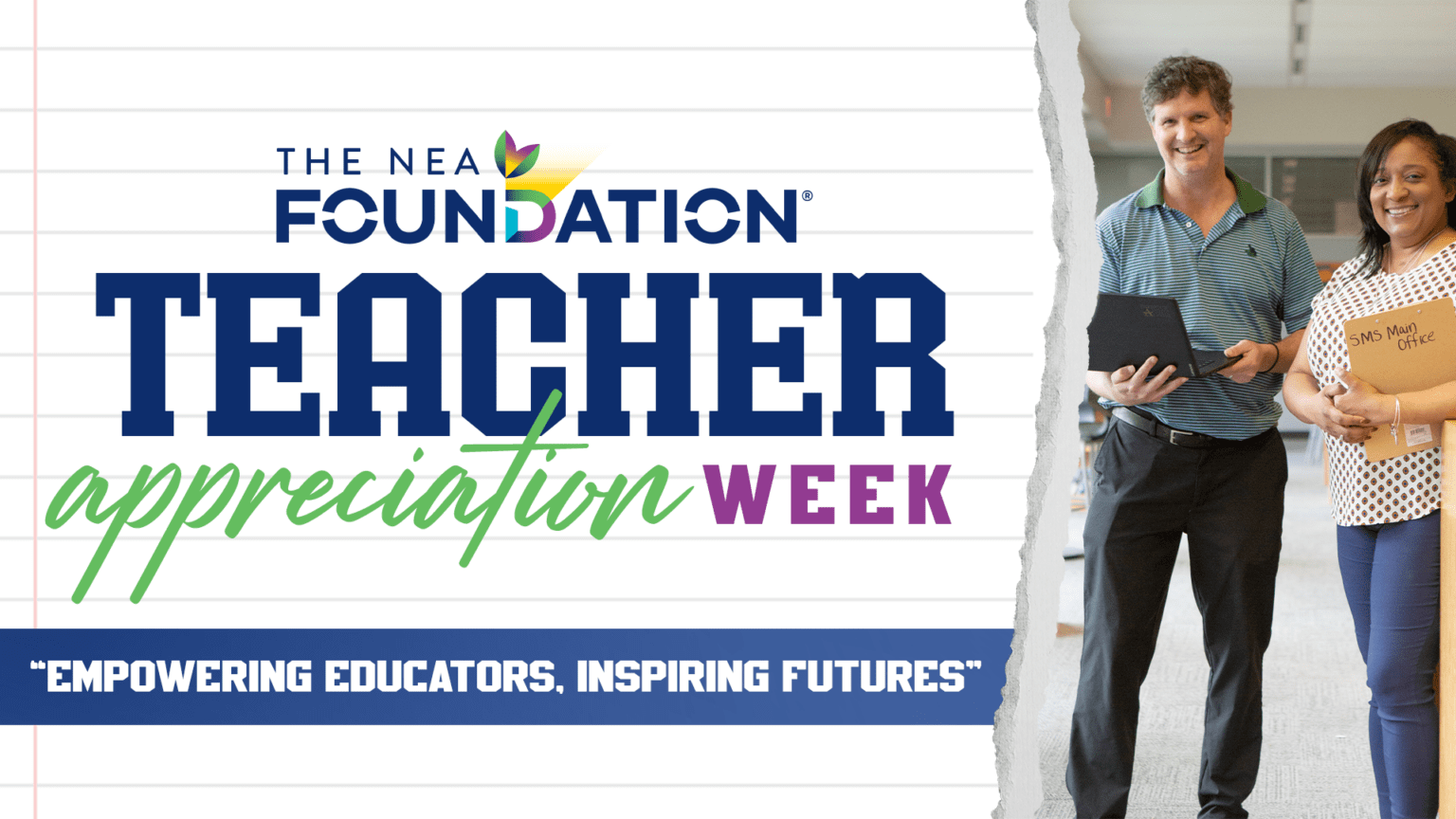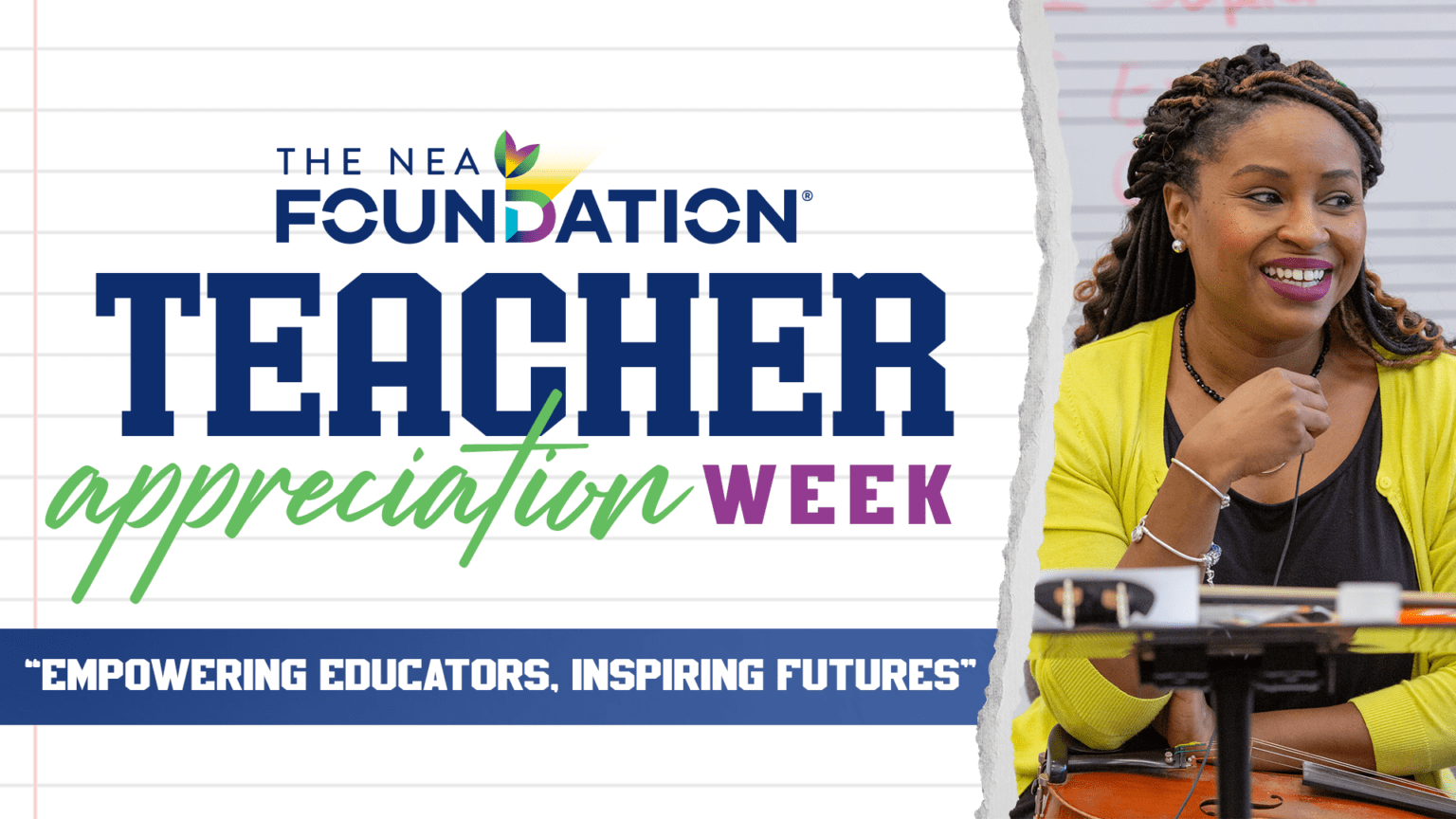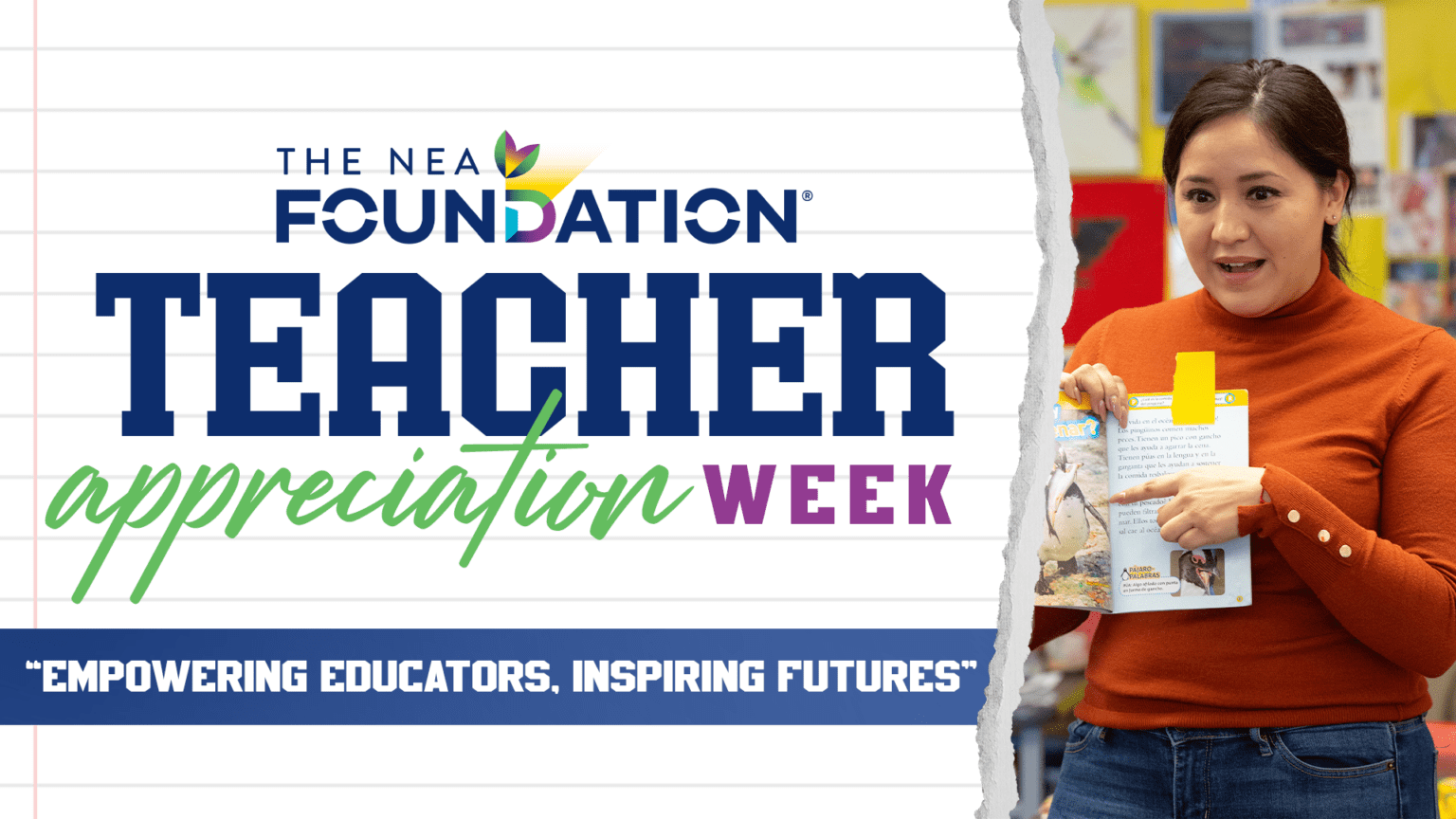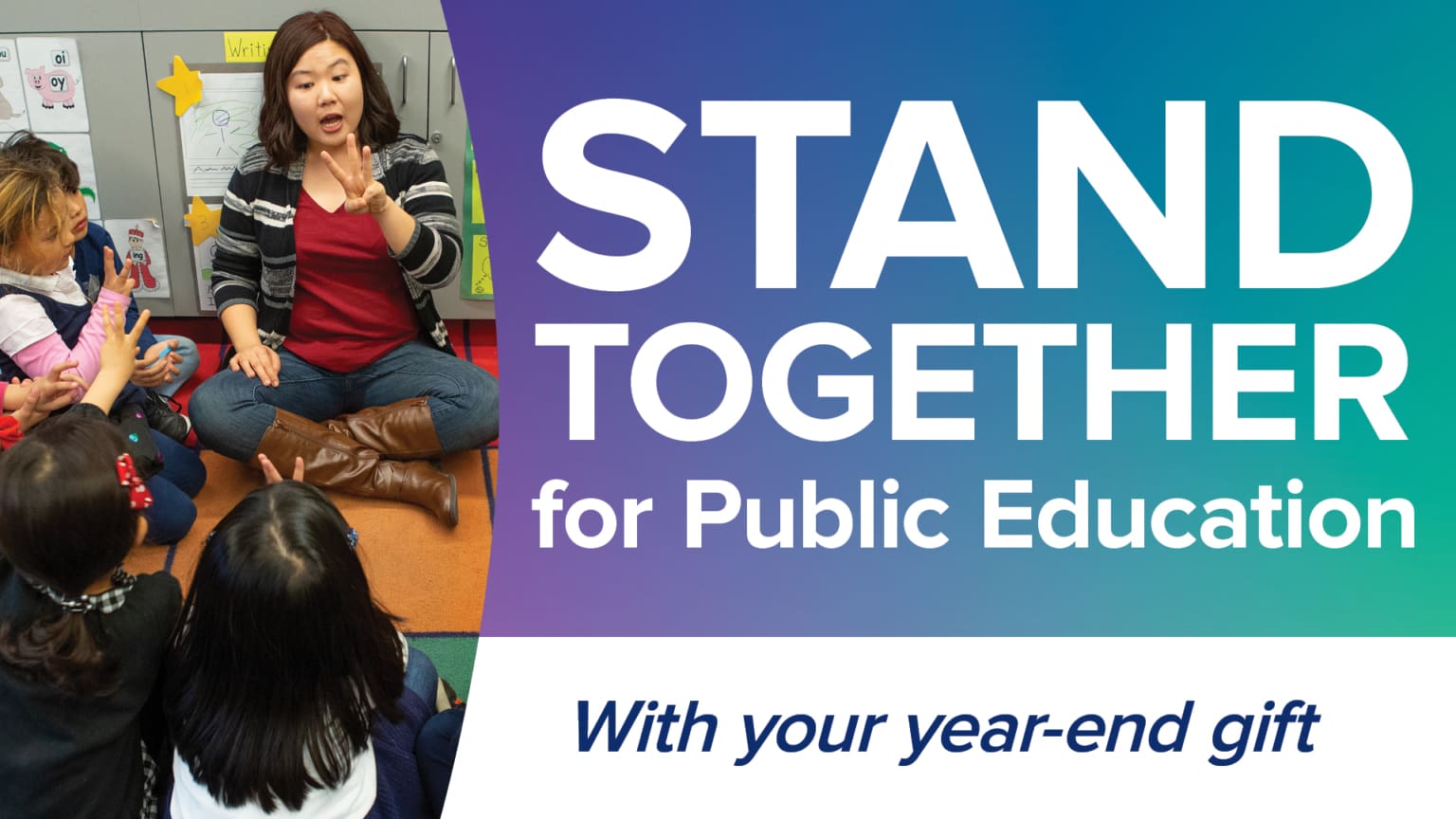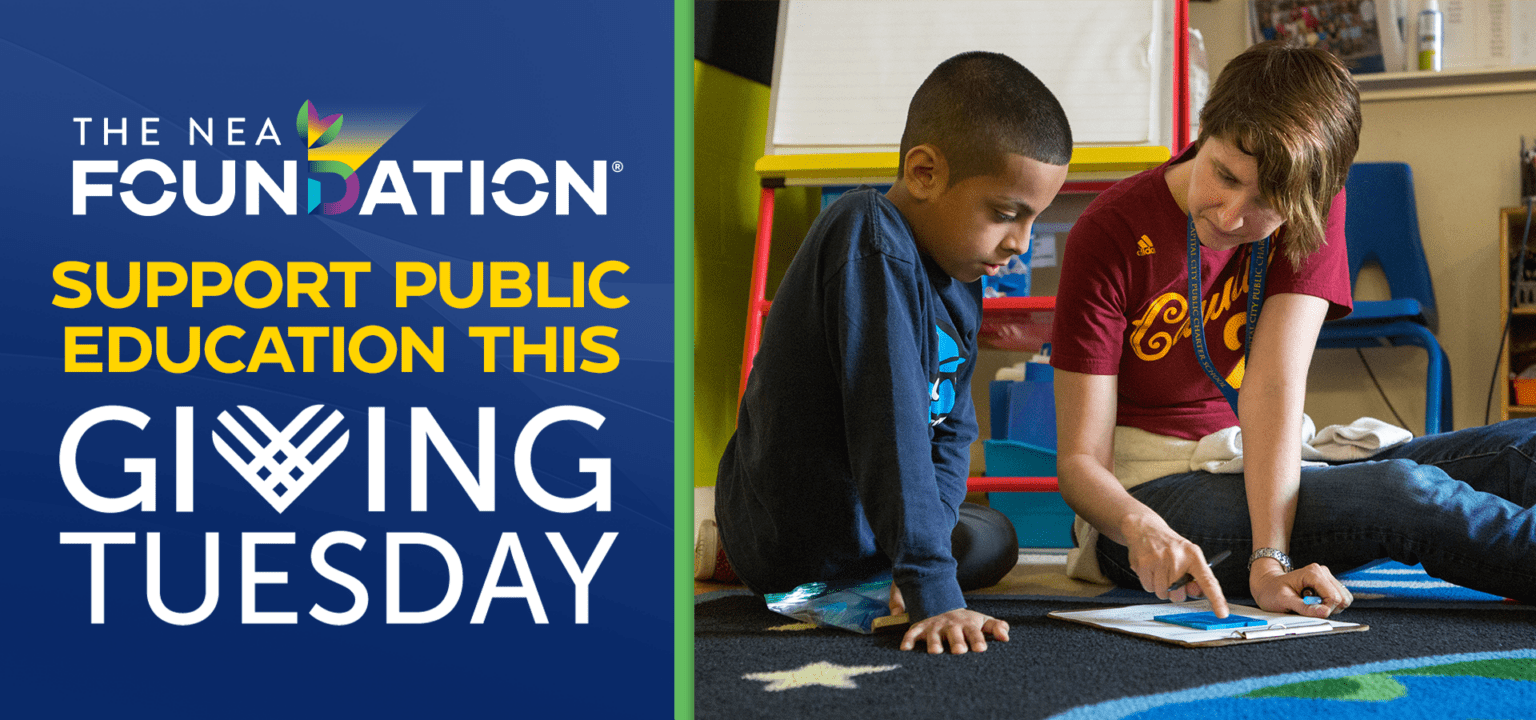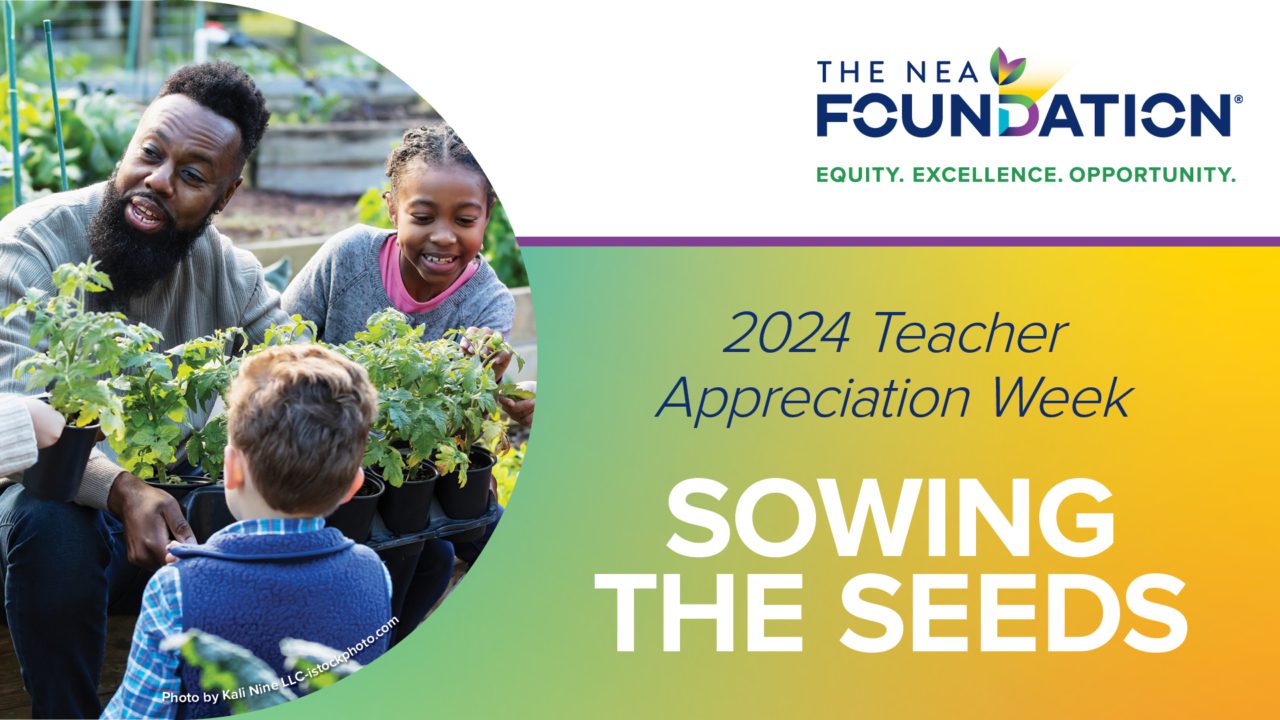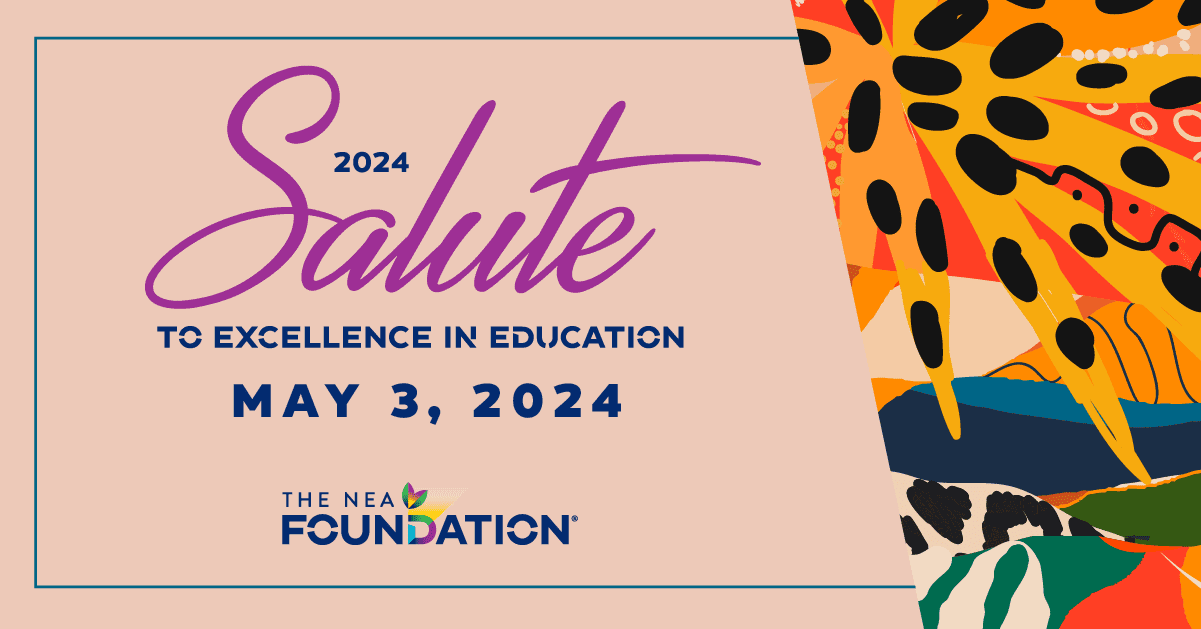
This blog series spotlights current teams of the NEA Foundation Institute for Innovation in Teaching & Learning. The Institute supports the collaborative efforts of these teams of local unions and school district leaders by focusing on a single issue, providing a dedicated coach, and sharing online curriculum on how to lead change and reform.

Photo: Shelley Potter, of the local union, and Emilio Castro, of the school district make up two members of the team
1. Why did your school district and local union decide to participate in the NEA Foundation’s Institute for Innovation in Teaching and Learning?
Annually, the San Antonio Independent School District (SAISD) educates approximately 54,000 students, with 93% of students categorized as economically disadvantaged. We agreed that we could be more successful through labor-management collaboration by openly aligning our efforts.
We had some previous successes working together; however, we had never taken on co-creating a really big project, especially one that required us to shift culture and status quo. Given the various supports that the Institute offers, we thought partnering with the NEA Foundation could help guide us through this process. Having a dedicated coach who can provide us with objective feedback and new perspectives, coupled with the NEA Foundation’s Online Courses has been invaluable.
2. Tell us about the project you are working, and why you choose it.
The SAISD and local union, the San Antonio Alliance for Teachers and Support Personnel, will develop and implement a Peer Assistance and Review (PAR) program, to provide mentoring support for our first and second year teachers through the use of consulting teachers. We realized this is a great area of need given that we hire 300-400 new teachers a year. We will also offer professional development opportunities to veteran teachers on an as-needed basis.
3. How did you decide who should be on the labor-management team?
Our team consists of dynamic educators, including teachers, principals, school district executive leadership, and association leadership.
We wanted to be fluid, bringing in new members as a specific need is recognized. For example, we recently included the district grant supervisor and his top grant writer, as well as the district chief financial officer in an effort to secure professional development grants for teachers. We also wanted to ensure external support, like funding, so our team includes members of the community, like the local education foundation’s director and a Board of Trustees member.
Since people tend to support initiatives they’ve worked directly on, it is beneficial to include and consider the voices and perspectives of a multitude of stakeholders.
Our core values include respect and collaboration, which directly impact our goals as we strive to be more student-centered. Co-creating with respectful, thoughtful dialogue can not only enhance collaboration, but also foster an environment of trust. While it can certainly be a time consuming process, the empowerment of all parties and the establishment of consensus building are vital to collaborative work. We feel these processes are portable and transferable to many situations and could be a model for use in schools and districts throughout the country.
4. You said that people support what they have a part in creating. How are you including different groups and educators?
We were very thoughtful about who was invited to be on our joint team for this project. Every individual had an area of responsibility and made inquiries to similar individuals in other districts with successful PAR programs. Each was a part of the decision-making body. This process lent itself to authentic co-creation of a major innovative education program in the school district.
Ultimately, it spurred the Board of Trustees to sign a resolution supporting the PAR program this spring, shortly before the selection of a new superintendent. And then, they selected a superintendent candidate who had a positive experience with PAR in his previous district.
This summer, we met with principals to provide additional information so that they could not only share how PAR professionalizes teaching by giving teachers the opportunity to help new and struggling colleagues, but how it also creates better instructional environments for students. In the fall, we plan to begin meeting with teachers as well as additional principals.
5. How will you maintain these relationships and use them to co-create other programs?
First, our new superintendent has already attended a labor-management team meeting. His leadership will be important as we build on our experiences from our past two years in the Institute.
Second, we identified processes that help us work together, so we can hold ourselves accountable to those processes. Everyone at the table is responsible to the group. Everyone’s voice and perspective is respected and everyone participates in decision-making. And everyone owns the results. As we continue to roll out this program, we will be jointly monitoring how it is working in real time and discuss modifications we need to make.
Third, this process has helped us identify other areas in which we can co-create programs. We now have a clear picture on how to bridge the gap between the current reality of student learning and our vision for every child to be a successful learner— and we can only accomplish that when we work together.
This guest blog features: Shelley Potter, President San Antonio Alliance of Teachers and Support Personnel; Emilio Castro, Deputy Superintendent of Administration and Leadership Development for the SAISD; Sue Creekmore, Institute for Innovation in Teaching and Learning Coach

